Anxiolytic Use Disorder:
Symptoms, Diagnosis, Treatment
An in-depth guide to recognizing and responding to anxiolytic misuse and dependency.

The Nature of Anxiolytic Use Disorder
What is Anxiolytic Use Disorder?
Anxiolytic use disorder is a medical condition marked by the compulsive use of anti-anxiety medications, most commonly benzodiazepines. While these drugs effectively treat conditions like generalized anxiety and panic disorders, prolonged or improper use can lead to dependence and addiction.
Individuals may develop tolerance, requiring higher doses for the same effect, and experience withdrawal symptoms such as anxiety, agitation, insomnia, and, in severe cases, seizures.
A 2019 analysis found that up to 50% of people using benzodiazepines for longer than one month develop some level of dependence, despite these medications being considered moderately low risk when taken as prescribed. Misuse is a growing issue in the U.S. – in 2017, about 2.2% of Americans reported past-year tranquilizer misuse, and ER visits involving benzodiazepines have risen, especially in combination with opioids.
Women and older adults are particularly vulnerable to adverse effects like falls, cognitive decline, and overdose. CDC data shows it contributed to around 12,500 overdose deaths in one year, often when mixed with alcohol or other drugs, highlighting the serious risk of combined substance misuse.

Dangerous Anxiolytic Substances
Identifying Anxiolytics with Severe Dependence Risk
Not all anxiolytic medications carry the same addiction potential. Understanding which one poses the greatest risk is essential for healthcare providers, patients, and families.
Benzodiazepines represent the most widely prescribed and abused class of anxiolytics. These drugs work by enhancing the effects of GABA, a neurotransmitter that produces calming effects in the brain. While effective for anxiety and panic disorders, they carry significant addiction potential due to their rapid onset of action and euphoric effects.
Short-Acting Benzodiazepines
Short-acting benzodiazepines are medications that produce effects quickly and have a relatively short duration in the body.
They are often prescribed for acute anxiety, panic attacks, or insomnia due to their rapid onset of action. However, their short half-life can lead to frequent dosing and a higher risk of dependence, tolerance, and withdrawal symptoms.
Xanax (Alprazolam): The most commonly prescribed benzodiazepine for anxiety and panic disorders, Xanax has extremely high addiction potential due to its fast-acting nature and powerful anxiety relief.
Ativan (Lorazepam): Frequently prescribed for anxiety, insomnia, and seizure disorders, Ativan can quickly lead to physical dependence and addiction, especially with regular use.

Long-Acting Benzodiazepines
Long-acting benzodiazepines have a slower onset and remain active in the body for an extended period, providing prolonged relief from anxiety, seizures, or muscle spasms.
They are often used for generalized anxiety disorder or in tapering protocols due to their smoother withdrawal profile. However, their extended duration can lead to drug accumulation and increased sedation, especially in older adults.
Valium (Diazepam): One of the first benzodiazepines developed, Valium is prescribed for anxiety, muscle spasms, and seizures. Its long half-life can lead to accumulation in the body and gradual dependence development.
Klonopin (Clonazepam): Often prescribed for panic disorder and seizures, Klonopin’s long duration can mask developing tolerance, leading to gradual dose increases and eventual addiction.
Barbiturates: Although rarely prescribed today, barbiturates remain among the most addictive medications ever developed. These drugs create profound physical dependence and carry life-threatening withdrawal risks that require intensive medical management.

Anxiolytic Dependency Risk Indicators
Identifying The Risk Factors behind Anxiolytic Addiction
Anxiolytic addiction develops through a delicate interplay of biological predisposition, emotional vulnerabilities, and life circumstances.
Research reveals that genetic factors contribute approximately 40-50% of addictions, particularly when family members have histories of benzodiazepine or alcohol dependence.
Critical risk factors include:
- Genetic risk for anxiety or substance use
- Past substance use or dependency issues
- Severe anxiety needing fast medication
- Co-occurring mental health conditions
- Early use of benzodiazepines in youth
- History of trauma or emotional distress
- High-stress job or social drug exposure
- Lack of access to therapy-based care
- Frequent use of fast-acting benzos
- Multiple health issues needing meds
The combination of these risk factors varies significantly among individuals, helping explain why anxiolytic abuse affects people so differently – some develop tolerance rapidly while others maintain therapeutic use without complications.

Symptoms of Anxiolytic Addiction
Warning Signs of Anxiolytic Use Disorder
Detecting Anxiolytic Use Disorder in its early stages provides the best opportunity for successful intervention and recovery. This disorder develops through recognizable patterns of physical, psychological, and social changes that intensify without appropriate treatment.
Physical Signs
- Trouble remembering things in the short term
- Noticeable decline in coordination and movement
- Feeling unusually drowsy during the day
- Slower reaction times and delayed responses
- Shallow or slowed breathing during sleep
- Intense anxiety when doses are skipped
- Upset stomach, nausea, or digestive issues
- Bruising from frequent stumbling or poor balance
Mental Signs
- Constant worry about having enough medication
- Limited emotional expression or feeling emotionally flat
- Sudden mood shifts from calm to irritable or agitated
- Slower thinking and trouble processing information
- Getting defensive when asked about medication use
- Lack of interest in personal goals or self-improvement
- Withdrawing from close friends and family
- Feeling deep guilt or shame about relying on medication
Behavioral Signs
- Taking more medication than prescribed on a regular basis
- Lying or manipulating to get extra prescriptions
- Repeatedly trying and failing to cut back without help
- Medication use becomes the main focus of daily life
- Struggling at work or missing career opportunities
- Losing interest in hobbies or activities once enjoyed
- Tension and conflict grow in family or marital relationships
- Taking risks or acting unsafely while under the influence
Awareness of benzodiazepine addiction symptoms empowers families and healthcare teams to recognize developing problems before they reach crisis levels.
Early intervention based on these warning signs creates opportunities for medically supervised withdrawal and comprehensive treatment, dramatically improving long-term recovery outcomes and preventing potentially life-threatening complications.

Comprehensive Recovery Solutions for Anxiolytic Addiction
Specialized Treatment for Anxiolytic Dependence
Addiction treatment demands a highly individualized approach that recognizes the medical complexity of dependence. Successful recovery requires addressing both the physical addiction to these medications and the underlying anxiety disorders that necessitated their initial use. The most effective treatment protocols emphasize safety first, given the serious medical risks associated with unsupervised benzodiazepine withdrawal.
Medication-Assisted Treatment (MAT)
Medication-Assisted Treatment (MAT) for Anxiolytic Use Disorder combines carefully monitored medication support with counseling and behavioral therapies. This approach helps ease withdrawal symptoms, manage anxiety, and reduce the risk of relapse. By addressing both the physical and psychological aspects of dependence, MAT offers a safe, structured path toward long-term recovery.
Evidence-Based Therapies
Evidence-based therapeutic interventions focus on treating both the addiction and underlying anxiety conditions that often led to initial medication use. These scientifically validated approaches have demonstrated effectiveness in clinical research and provide structured frameworks for addressing the psychological aspects of benzodiazepine dependence while developing healthy anxiety management skills.
- Cognitive Behavioral Therapy (CBT)
- Motivational Interviewing (MI)
- Group Therapy
- Family Therapy
- Dialectical Behavior Therapy (DBT)
- Behavioral Couples Therapy
- Relapse Prevention
- Acceptance and Commitment Therapy (ACT)
- Internal Family Systems (IFS)
- Rational Emotive Behavior Therapy (REBT)
- EMDR Therapy
- Motivational Enhancement Therapy (MET)
Alternative Treatment Methods
Alternative care options provide additional therapeutic support through non-traditional approaches, achieving the greatest effectiveness when incorporated into comprehensive treatment plans alongside medical supervision and evidence-based therapies.
Addiction Treatment Programs
Treatment program options provide organized care pathways combining medical supervision, therapeutic interventions, and support services for individuals experiencing benzodiazepine dependence.
Anxiolytic addiction represents a treatable medical condition requiring specialized knowledge and comprehensive intervention strategies. Thorough evaluation ensures individuals access appropriate treatment, combining medical safety measures, proven therapeutic approaches, and practical anxiety management training. With continued advancement in addiction medicine and recognition of prescription drug dependence as legitimate medical conditions, recovery becomes increasingly accessible through professional intervention, family support, and long-term management strategies addressing both addiction and underlying mental health conditions.






Addiction Assessment in Cedar Rapids
Your Path To Recovery
Take the first step toward healing with Radix Recovery. Our simple three-step admissions process ensures you receive personalized care and guidance, making it easy to begin your journey to recovery.
- Contact Us - Fill out the form or call the number on this page
- Personalized Assessment - Meet with an admissions specialist to create a care plan
- Begin Treatment - Visit Radix Recovery's center for your first IOP session